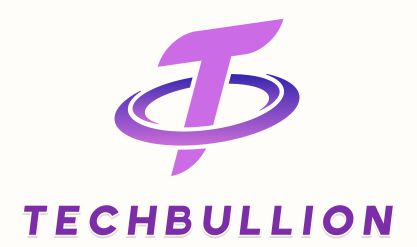Ever considered how to stand out in a SAFe Agile interview? Behavioural interview questions are a major concern for companies as they show your capacity to implement Agile ideas in demanding situations. When landing a role in the Lean-Agile world, SAFe Agile Certification is often the first step to demonstrate your expertise. However, mastering SAFe Agile Interview Questions goes beyond technical answers. Many companies use behavioural questions to evaluate your use of Agile ideas in practical settings. Let’s explore the frequently asked questions and how to respond effectively.
Table of Contents
- Top Behavioural Questions and How to Answer Them
- Conclusion
Top Behavioural Questions and How to Answer Them
Let’s explore some key questions you might encounter and how to craft impactful responses:
- How Do You Manage Conflicts in Agile Teams?
Conflicts are common in Agile environments. Employers want to see how you maintain harmony while delivering value. You can start by sharing an example where you used open communication and collaboration. Highlight how the SAFe Agile framework guided your actions. Mention tools like Scrum events, retrospectives, or feedback loops to resolve the issue. If possible, add how resolving the conflict improved team dynamics or productivity.
- How Have You Supported a Team During a Challenging PI Planning Event?
Programme Increment (PI) planning can be overwhelming for teams, especially when there are dependencies. Start your answer by focusing on how you prepared in advance. Did you ensure everyone understood their roles? Share how you used visual tools like Kanban boards, dependency maps, or risk registers. Describe how you facilitated stakeholder collaboration, prioritised objectives, and addressed potential blockers. Please explain how this helped the team deliver their commitments effectively.
- Can You Provide an Example of Delivering Value in a Time-Pressured Scenario?
The ability to deliver value under tight deadlines is critical in Agile. Begin by highlighting your prioritisation skills. Showcase how you worked with stakeholders to identify the most critical features. Mention tools like WSJF (Weighted Shortest Job First) for prioritisation or your ability to pivot when priorities change. Emphasise how you maintained quality while meeting deadlines and the measurable impact of your actions.
- How Do You Promote Collaboration Across Teams in a SAFe Environment?
Collaboration is essential in a scaled Agile setup where multiple teams work together. To tackle this question effectively, start by providing examples of how you’ve facilitated cross-team sync meetings or ART syncs. Highlight how you ensured alignment using shared tools like Confluence, Jira, or Miro. Explain how fostering transparency and open communication helped eliminate silos and achieve shared goals.
- Can You Describe a Time When You Drove Continuous Improvement?
Continuous improvement is a cornerstone of SAFe. Start by describing how you have supported Inspect and Adapt seminars or retrospectives. Mention how you implemented feedback from team members to refine processes. Provide tangible outcomes, such as improved velocity, higher team satisfaction, or reduced defects.
- How Have You Addressed Resistance to Change in SAFe Transformations?
Resistance to change is common during Agile transformations. To make a long-lasting impression, you can discuss how you identified the root cause of resistance and addressed it through training, coaching, or leadership engagement. Highlight how you demonstrated the benefits of SAFe practices to gain buy-in. Share how your efforts resulted in smoother adoption and greater team alignment.
- How Do You Manage Dependencies Between Teams in a SAFe Environment?
Managing dependencies effectively is crucial for ensuring smooth delivery. You can start by sharing an example where you identified and resolved inter-team dependencies during a Programme Increment. Mention tools like dependency boards or features like the Programme Kanban to visualise and address these connections. Explain how resolving dependencies prevented delays and improved team collaboration.
- Can You Share an Experience Where You Fostered a Lean-Agile Mindset Across Your Organisation?
Fostering a mindset aligned with Agile principles is vital for long-term success. Begin your answer by giving an example of using workshops or Agile maturity assessments to instil the Lean-Agile mindset. Highlight specific improvements in team performance, stakeholder alignment, or customer satisfaction.
Conclusion
Mastering behavioural questions in SAFe Agile interviews can set you apart. They test your knowledge of the SAFe Agile framework and your ability to apply it in practical situations. By structuring your answers and highlighting real achievements. You can demonstrate that you are qualified and experienced.
To build a strong foundation for your next Agile role, consider free resources from The Knowledge Academy to deepen your understanding of SAFe practices.













